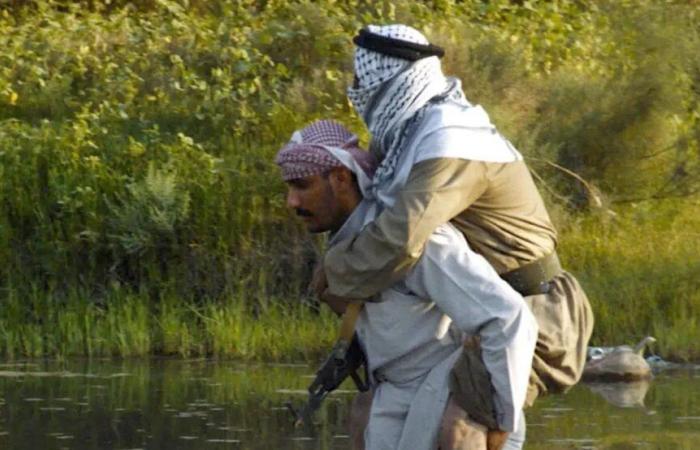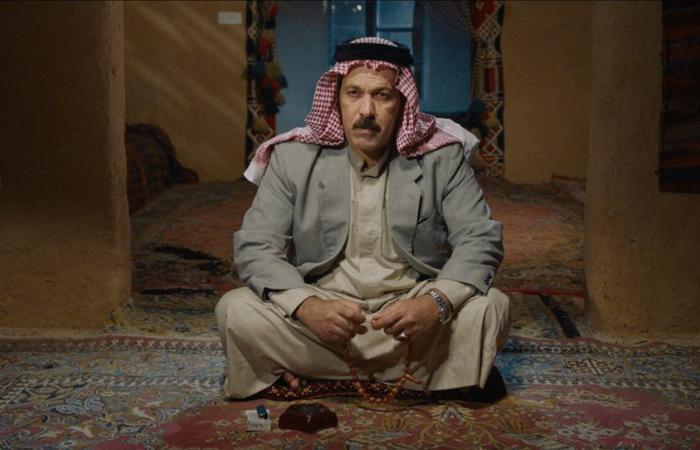One of the strengths of a documentary is to be able to focus on little-known subjects, sometimes even completely unknown to the general public, to sometimes take the time to investigate and deliver a work which will contribute to a broader knowledge of the history of ‘a society.
An Iraqi farmer receives an unexpected guest. He is a guest he must hide from his family, his friends and 150,000 American soldiers. This guest is President Saddam Hussein.
The images of Saddam Hussein crawling out of a hole in the ground in 2003 remain iconic. 20 years later, the man who dug precisely this hole tells the fantastic story of how he, a simple 32-year-old farmer, hid the deposed president under a flower bed in his garden for eight months.
The Iraqi dictator seen from another angle
Born in Sulaymaniyah, Kurdistan, northern Iraq in 1985, Halkawt Mustafa moved to Norway with his family in 2000 due to his father’s political activism against Saddam Hussein and the former Kurdish parties. He studied there and became a filmmaker. His 3rd film, Hiding Saddam Hussein, manages to shed light on the Iraqi dictator, from a very different perspective, by documenting the words of Alaa Namiq, now 50 years old, who hid Saddam for 235 days before the Americans found and rescued him. executed three years later. Halkawt Mustafa persuaded Namiq to tell his story for the first time in this gripping documentary, which took ten years to make and was shrouded in such secrecy that even the crew didn’t know the true subject of the film he was making. was filming. “Hospitality among us is sacred. When a guest arrives at your home, you don’t ask them how long they plan to stay. Especially if that guest is Saddam,” the man tells the camera.
In terms of form, it should be noted that Halkawt Mustafa delivers a fairly unique object where the essential is told in front of the camera, in the greatest sobriety, without amplifying or erasing the emotion of the moment. Whether highlighting the anguish that accompanied this whole endeavor or how his relationship with Saddam eventually developed into a form of friendship, whether he was making jokes or crying, Namiq is the lung that makes the film breathe from start to finish, all by itself. He appears as a man who is both honest and hesitant, proud and ashamed of his actions. Sitting cross-legged, speaking directly to the camera but often hiding his face in his hands, he is clearly trying to reconcile how he feels about assisting the man he still calls his “master.” , and the obvious condemnation of the rest of the world. (Namiq spent seven months in the infamous Abu Ghraib center for his actions, before being released without charge).
A sober score
Aside from his “performance”, the rest of the cinematic elements work very well. Namiq’s memories are illustrated by short, sensitive reconstructions of key moments, and Mustafa resists the temptation to over-dramatize these sequences. Namiq’s voiceover narrates the events as they unfold, and the action matches his measured tone; the same goes for the sober score. The archival footage is well chosen and shows both sides of the conflict; some remain difficult to watch and help explain why, despite a $25 million reward, Namiq felt it was essential to protect his president, at potential great personal sacrifice. Finally, thanks to the quality of the cinematography of Kjell Vassdal and Anders Hereid, and in particular the numerous drone shots of the region, the documentary also has a very attractive element which focuses solely on the beauty and provides a welcome relief in relation to the harsh reality of the events recounted.
Hiding Saddam Hussein is an excellent film which manages to go beyond the limits of the documentary, in particular thanks to the authenticity of its “protagonist”, while retaining the informative quintessence of the medium. This relationship between these two men which will evolve, sometimes taking strange turns, is fascinating and allows us to question human relationships through a true story.







